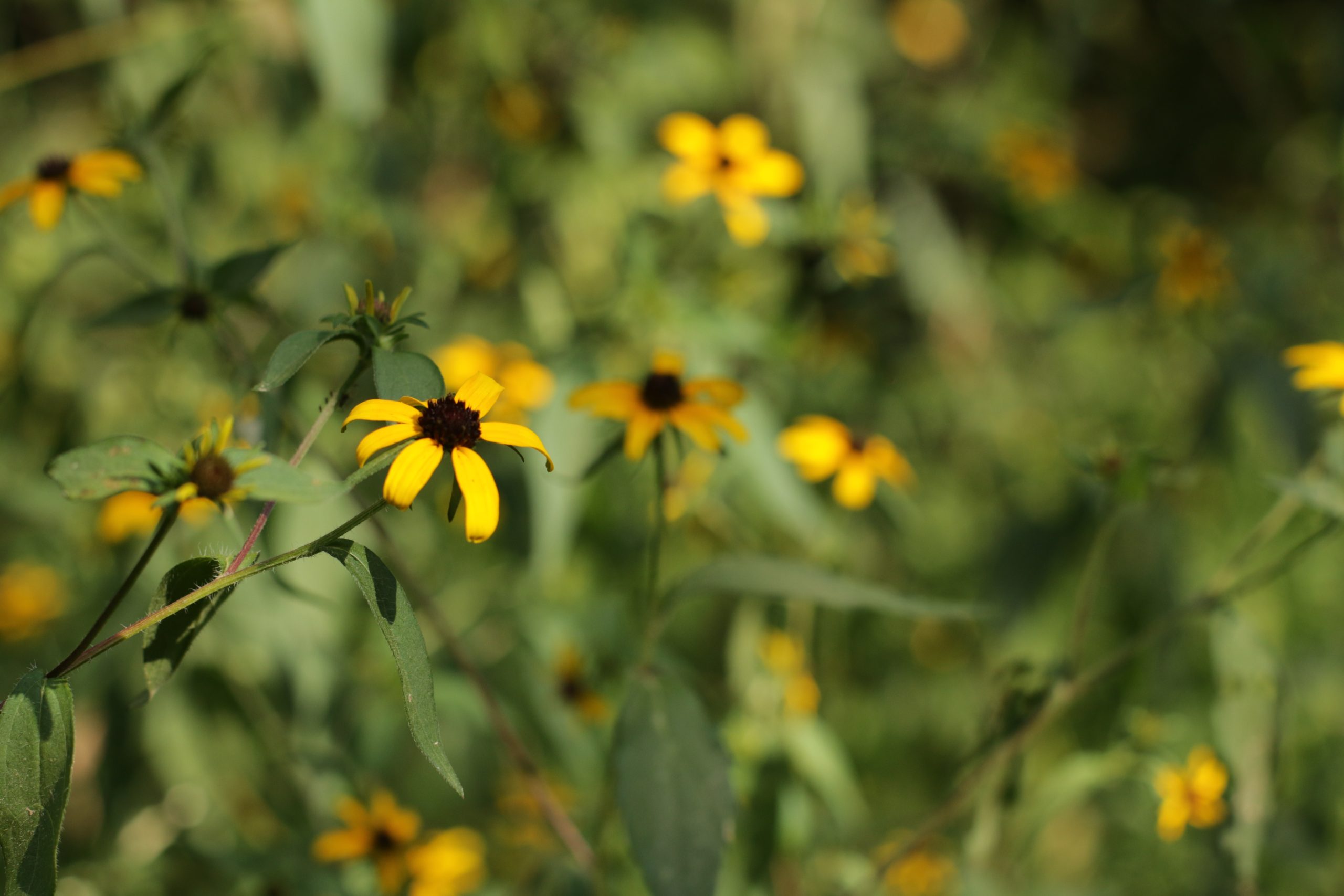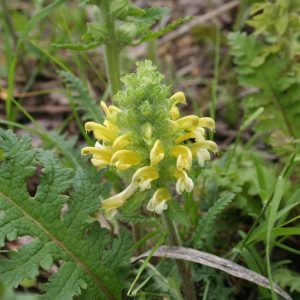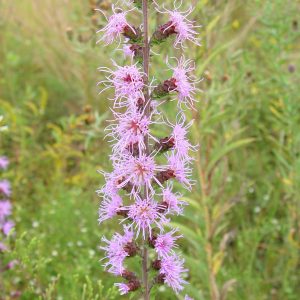Brown-eyed Susan
Rudbeckia triloba
Petals have ultraviolet patterns that are visual cues to pollinators; seeds heads smell like citrus
$3.00 – $27.00
For quantity discount pricing, request a quote.
Description
Rudbeckia triloba, commonly called brown-eyed Susan, is a native biennial or short-lived perennial forb (wildflower). This species typically occurs in wet woods along streams, alluvial thickets, rocky slopes at the base of bluffs and along roadsides. Brown-Eyed Susan can be distinguished from similar species by the smaller size of its flowerheads and the smaller number of ray florets per flowerhead. It is usually taller and bushier than Black-Eyed Susan, but it is shorter with fewer lobed leaves than Rudbeckia laciniata (Cutleaf Coneflower).
Wildlife notes
Brown-Eyed Susan is often self-pollinated, but it still attracts numerous insects to its flowers. These visitors include bumblebees, little carpenter bees, digger bees, cuckoo bees, leaf-cutting bees, Andrenid bees, and Halictid bees (including green metallic bees). One of these bees, Andrena rudbeckiae, is a specialist pollinator (oligolege) of Rudbeckia and Ratibida coneflowers. Other floral visitors include small to medium-sized butterflies, and the common Goldenrod Soldier Beetle. Deer, rabbits, groundhogs, and other mammalian herbivores occasionally eat the foliage.
Forage notes
This species is very palatable to livestock.
Landscaping notes
Easily grown in average, moist, well-drained soils in full sun. Tolerates light shade, but plants may need support if grown in too much shade. Best in moist, organically rich soils. Tolerates heat, some drought and a somewhat wide range of soils. May be started indoors in early spring or sown directly in the garden after last frost date. Set out seedlings after last frost. Deadhead spent flowers to encourage additional bloom and/or to prevent any unwanted self-seeding. Plants freely self-seed and will usually remain in the garden and naturalize through this process. An excellent addition to naturalized areas, wildflower meadows, prairies, cottage gardens, native plant gardens and borders.
Restoration notes
Habitats include black soil prairies, prairie remnants along railroads, thickets, savannas, meadows and openings in wooded areas, riverbanks, edges of fens, roadsides, vacant lots, and abandoned fields. Areas with a history of disturbance are preferred, although this plant also occurs in high quality natural areas.
This species is commonly used in the following mixes: Wildlife Chuckwagon Mix, Wet Meadow Mix, Streambank Mix, Shadows & Sunbeams Mix
Additional information
| Weight | N/A |
|---|---|
| Units | Packets, Ounces, Pounds |
| Light | Full Sun to Part Shade |
| Seeding Rate | 4 bulk lbs/acre |
| Soils | Average, Moist |
| Height | 36"-54" |
| Bloom Month | Aug, Sep |
| Color | Yellow, Black |
| Specialty Uses | Landscaping, Cut Flower |
| Cattle Palatability | Good |
| # seeds/pkt | 200 |
| Packet coverage area | 5 sq. ft |
| Life Cycle | Biennial |



